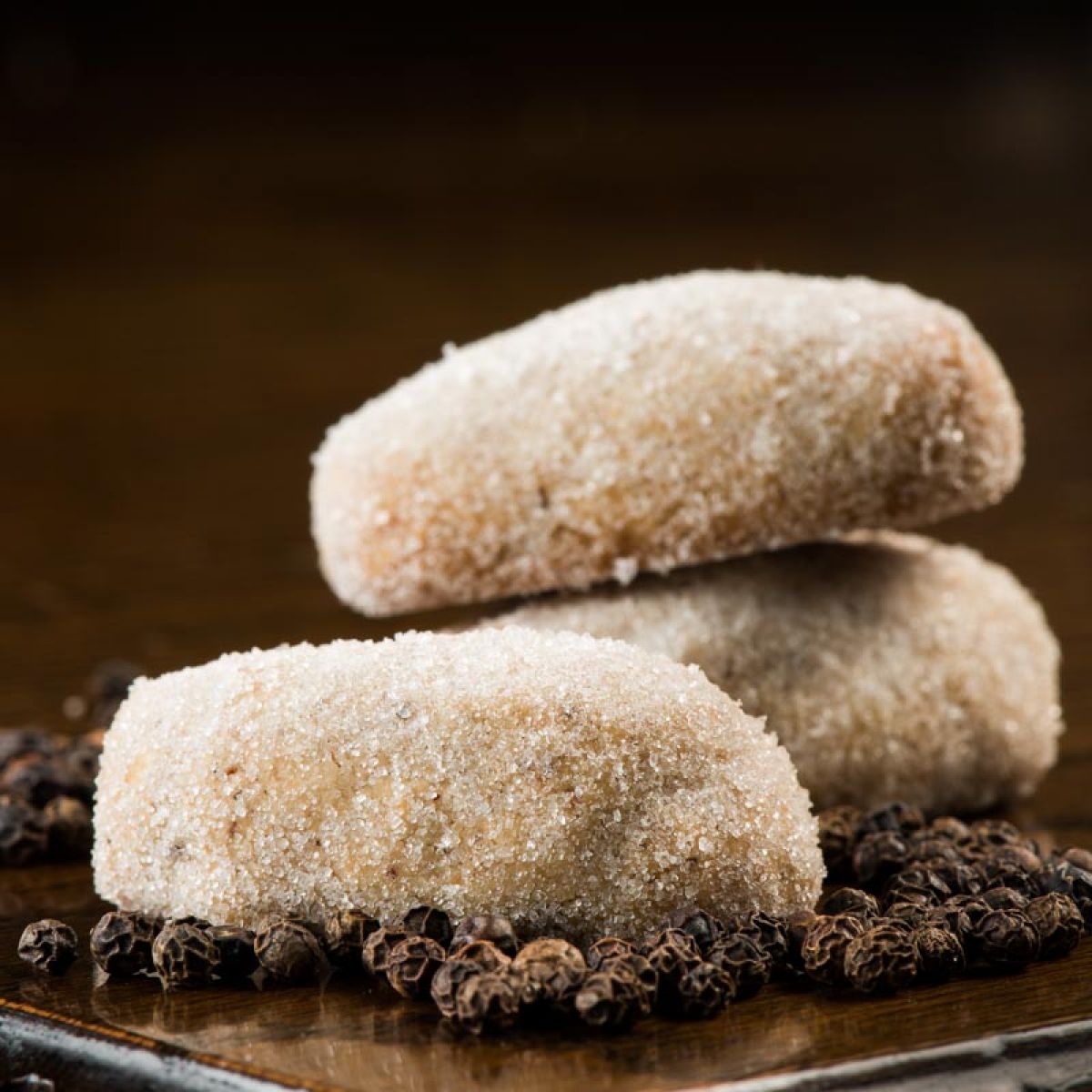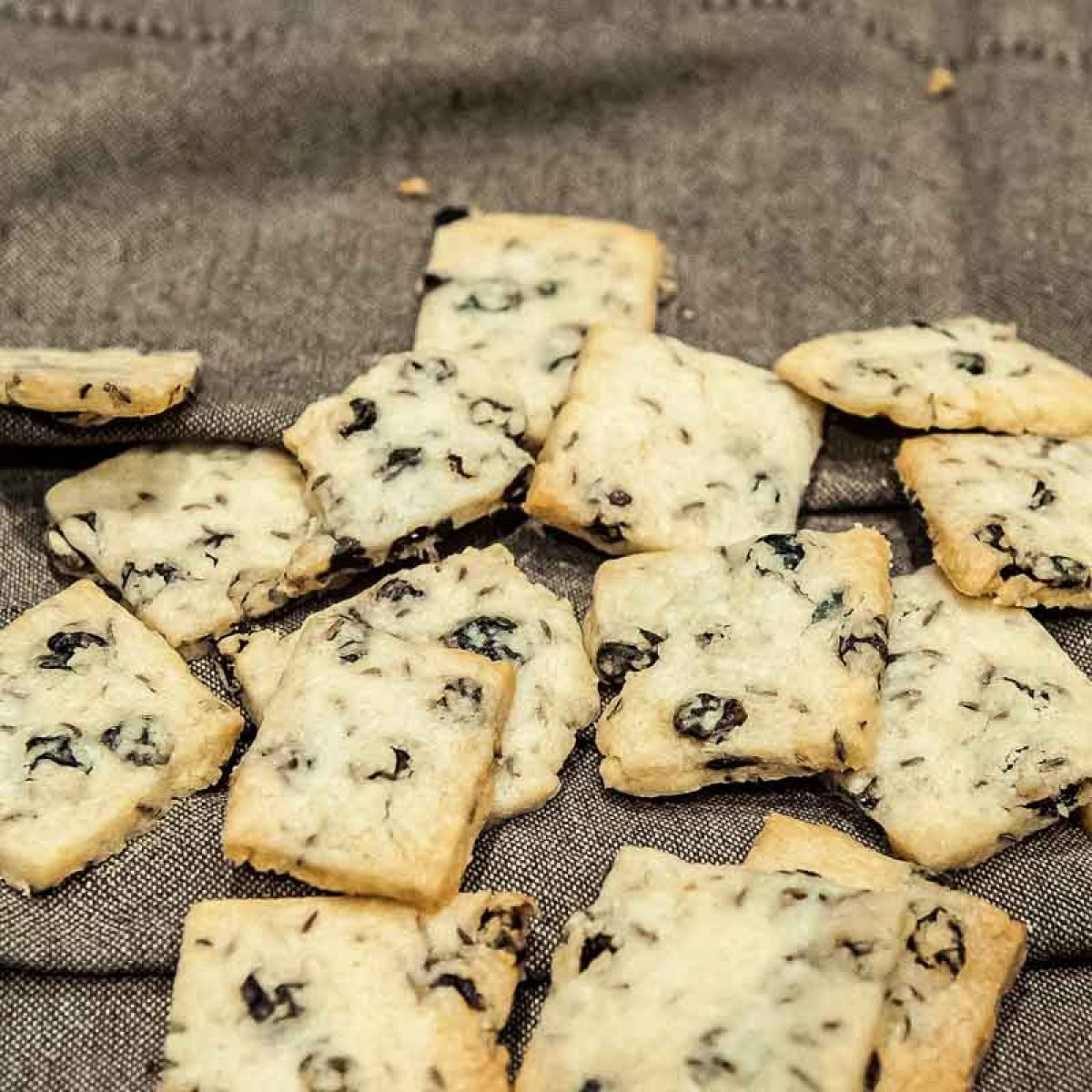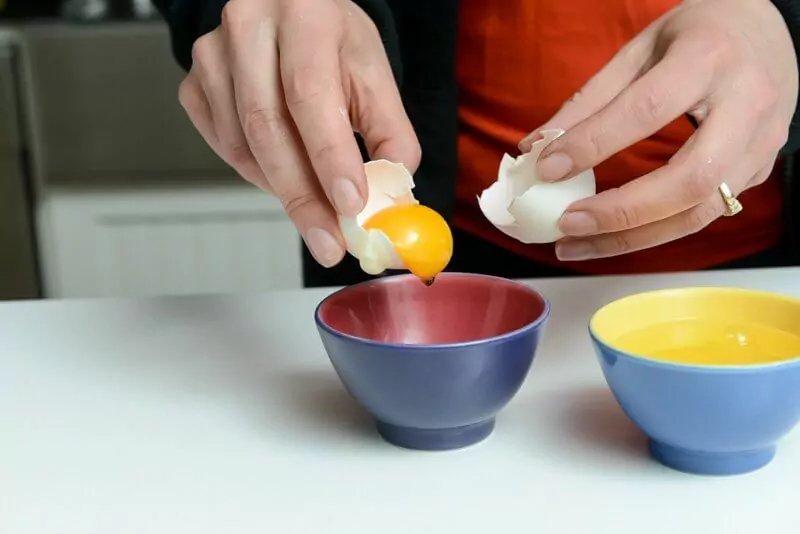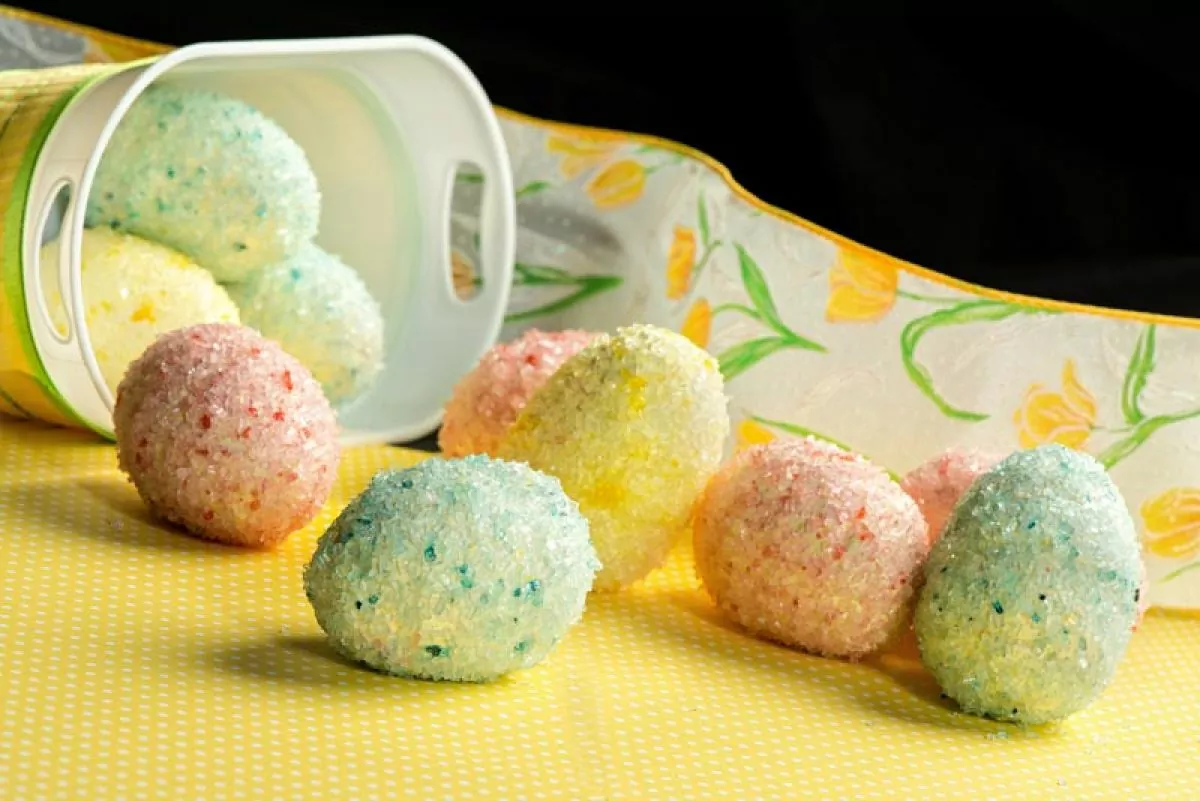
Homemade Lemon Marshmallow Easter Eggs – Gluten-Free
March 15, 2016
You’ll find making Marshmallow Easter Eggs easier than you imagine. Whip the egg whites, add gelatine and lemon, then pipe the marshmallow batter into any egg shaped cup. Overnight on the counter and they become fluffy soft and zesty – reminiscent of lemon meringue pie. Roll them in crunchy sugar crystals, and watch them sparkle on your holiday table. Decorative and playful, kids feel the excitement. Try them today and leave me your comments below.
This recipe is adapted slightly from Bouchon Bakery by Thomas Keller and Sebastien Rouxel (Artisan Books). Copyright 2012.
The Finer Cookie is a participant in the Amazon Services LLC Associates Program, an affiliate advertising program designed to provide a means for websites to earn advertising fees by advertising and linking to amazon.com. This post contains affiliate links, which means The Finer Cookie will receive a small commission if you make a purchase using this link. This modest income helps support the website.
Ingredients
Lemon Marshmallow Ingredients
- 1 1 1 recipe of marshmallow batter, just mixed and still warm
- 1/4 cup 1/4 cup 1/4 cup white or colored decorating sugar, store-bought or homemade
- 12-28 12-28 12-28 depending on the size plastic easter eggs , sprayed with cooking spray
Ingredients for Homemade Lemon Marshmallow Batter
- 4 sheets 9.6 grams .33 ounces (4 sheets) silver leaf gelatin
- 1/4 cup + 2 tablespoons 87 grams 3 ounces egg whites at room temperature
- 1 cup + 2 tablespoons 225 grams 8 ounces granulated sugar
- 1/2 cup 112 grams 4 ounces water
- 2 1/2 tablespoons 50 grams 1.75 ounces light corn syrup
- 2 tablespoons (2 lemons) 2 tablespoons (2 lemons) 2 tablespoons (2 lemons) grated lemon zest
- 6 drops or 1 dab 6 drops or 1 dab 6 drops or 1 dab yellow food coloring preferably chefmaster lemon yellow liquid or gel

Instructions
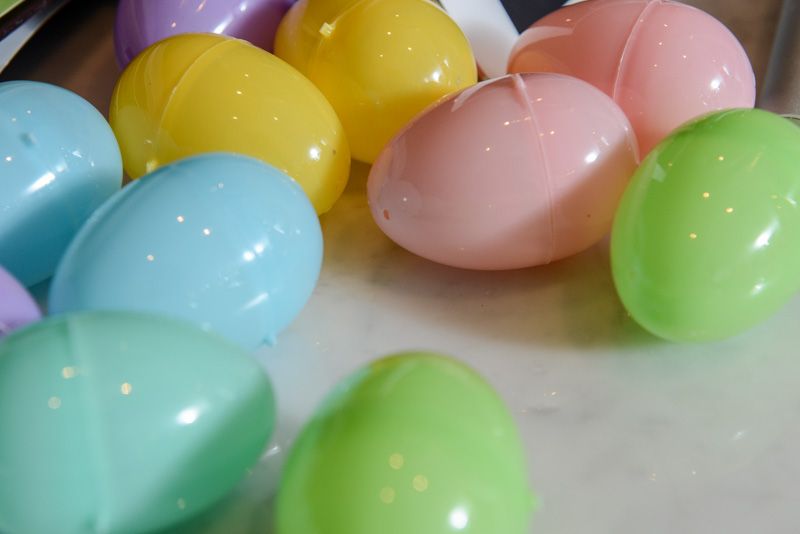
MISE-EN-PLACE EASTER EGGS
- Wash the eggs with hot soapy water and dried them thoroughly.
- Spray both halves with cooking spray. Spraying the eggs prior to filling them is critical, or they won’t release easily.
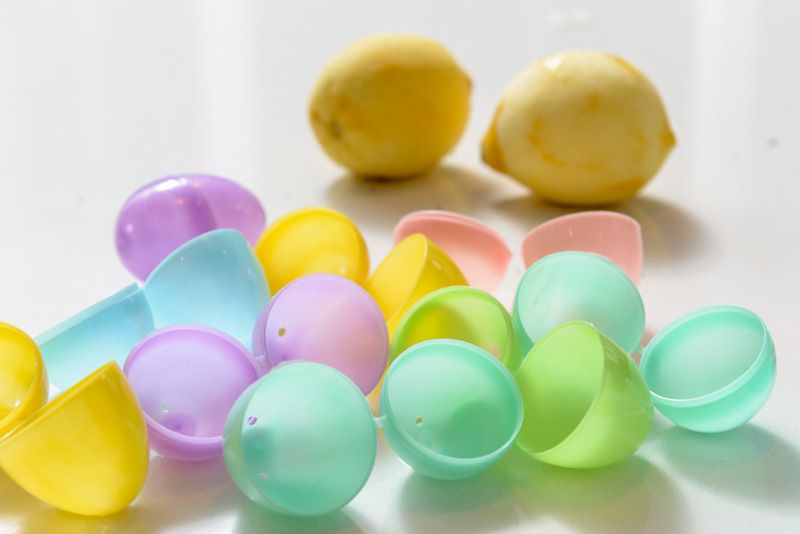
MIS-EN-PLACE FOR THE LEMON MARSHMALLOW BATTER
- Ready a large pastry bag with ½ inch round tip.
- Measure the eggs whites in a glass measuring cup and bring them to room temperature. See The Finer Cookie’s post on how to separate an egg.
- Place the gelatin in a bowl of ice water to soften.
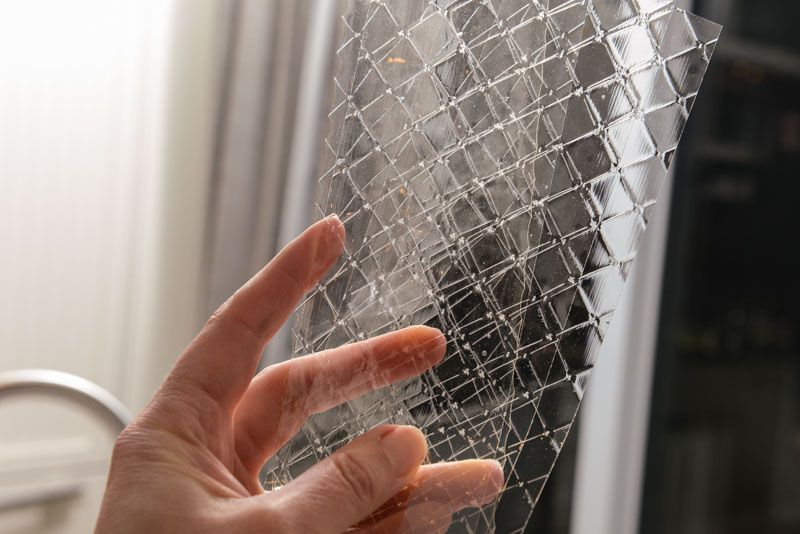
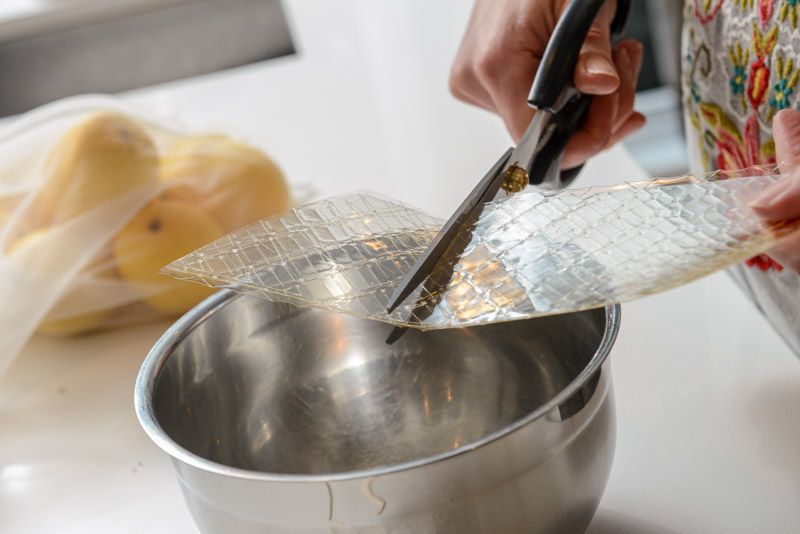
- Set a pan of water on the heat create steam (this is for the gelatin).
- Measure the sugar, corn syrup and water in a small saucepan and set aside.
- Ready your candy thermometer.
METHOD FOR MAKING LEMON MARSHMALLOW BATTER
- See How to Meringue for a complete explanation of best practices.
- Place the egg whites in the bowl of a stand mixer fitted with the whisk attachment.
- Begin whipping the egg whites to very soft peaks. The goal is to have the meringue be medium-firm. If they reach this stage before the sugar is to temperature, turn down the mixer to the stir setting and keep the meringue moving very gently.
- Bring the sugar, corn syrup and water to a simmer over medium-high heat, stirring to dissolve the sugar, then simmer it for about 5 minutes, until the syrup reaches 250º F/121.1º C.
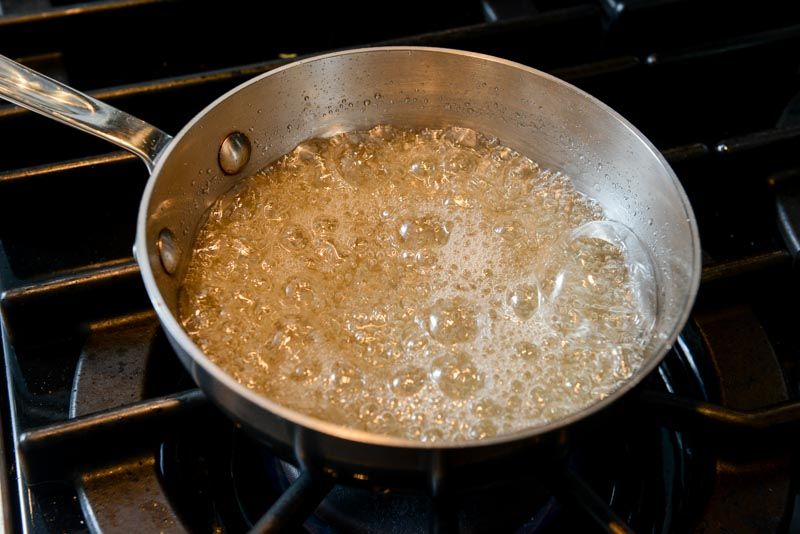
- While the sugar is heating, remove the gelatin and squeeze out excess water.
- Place the softened gelatin in a small metal bowl set over the simmering water and melt it.
- As soon as it is melted, turn off the heat and lift the bowl to let some of the steam escape.
- The residual steam will keep the gelatin liquid.
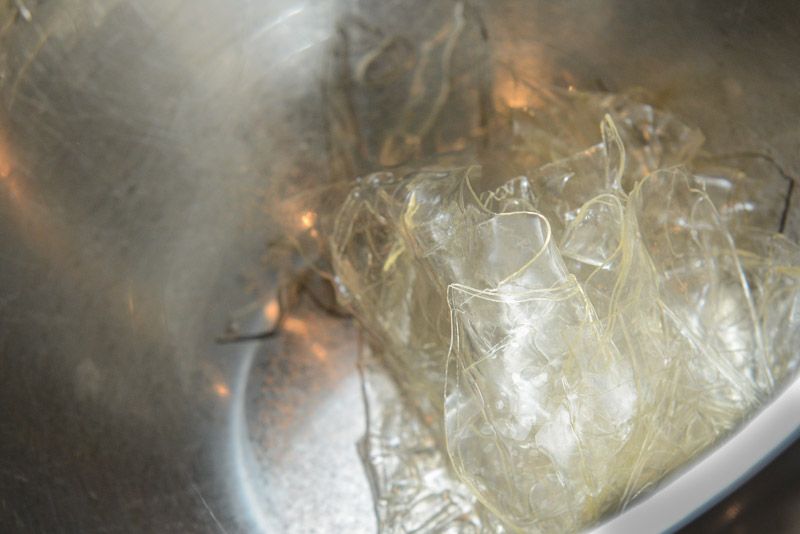
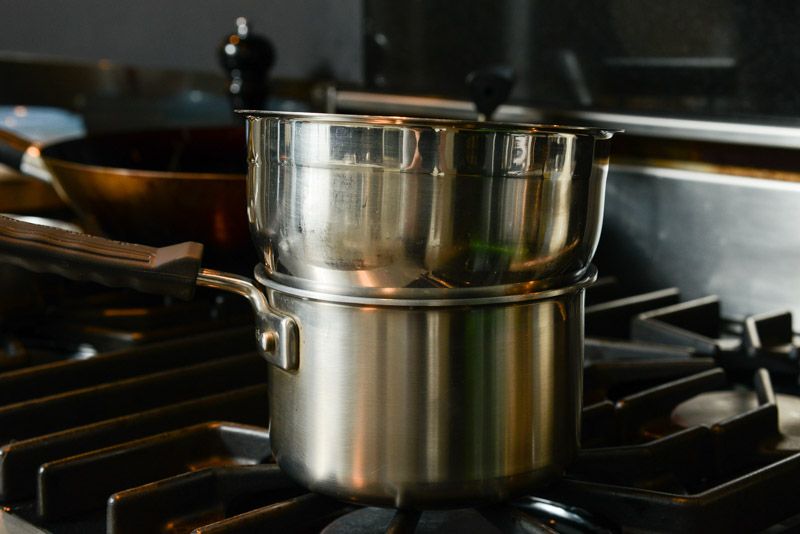
- Let the syrup continue to cook until it reaches 281º F to 284º F/138º to 140º C and remove it from the heat.
- Turn the mixer off and pour a small amount into the meringue between the side of the bowl and the whisk.
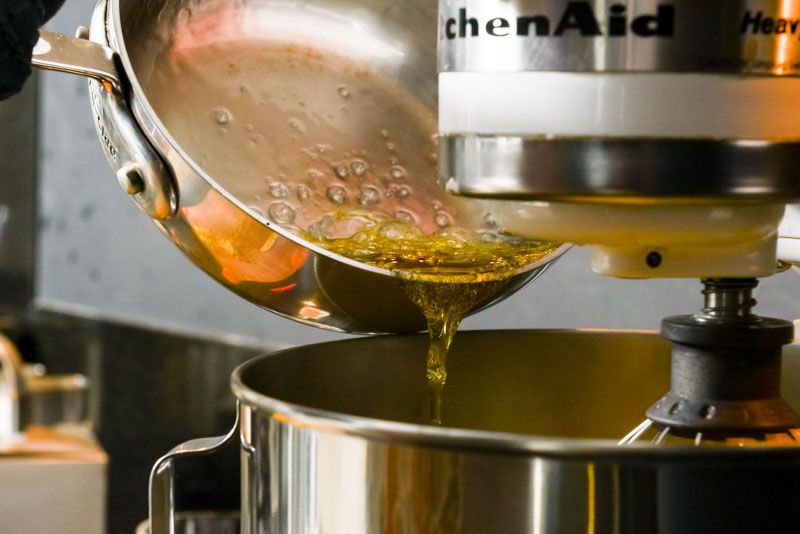
- Turn the mixer on high. When the hot sugar is incorporated, stop the mixer again, and add more hot sugar.
- Repeat until all the sugar is added to the meringue.
- When the sugar is added, stop the mixer again and pour the gelatin all at once, and increase the speed to high, mixing for about 5 minutes, or until the mixture is thickened, glossy and warm but not hot.
- Add the yellow food color to the warm marshmallow mixture (or you can add it to the hot sugar) and mix just to combine.
UNDERSTANDING THE MARSHMALLOW BATTER
- It is the hot sugar and liquid gelatin that sets the meringue and transforms it into a marshmallow. If all the hot sugar and/or gelatin isn’t added to the meringue it’s very possible that the meringue won’t set properly and you’ll open the plastic eggs only to find a gooey mess. It’s happened to me.
- The goal is to ensure that ALL the hot sugar and ALL the melted gelatin go into the meringue. If you leave the mixer running while you pour the hot sugar into the meringue, it will likely catch on the whip and be thrown against the sides of the bowl, rather than be in the meringue.
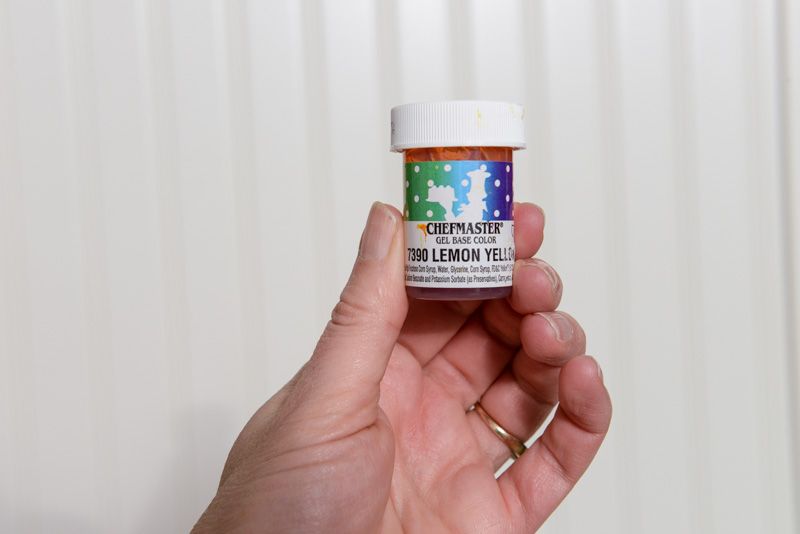
- Add the grated zest of two lemons (how to zest lemon), then mix to combine.
FINISHING THE LEMON MARSHMALLOW EGGS
- Fill a large pastry bag with 1/2 inch tip with the warm marshmallow mixture.
- Holding the tip close to the bottom of an egg half, slowly fill each half, trying not to leave any air pockets.
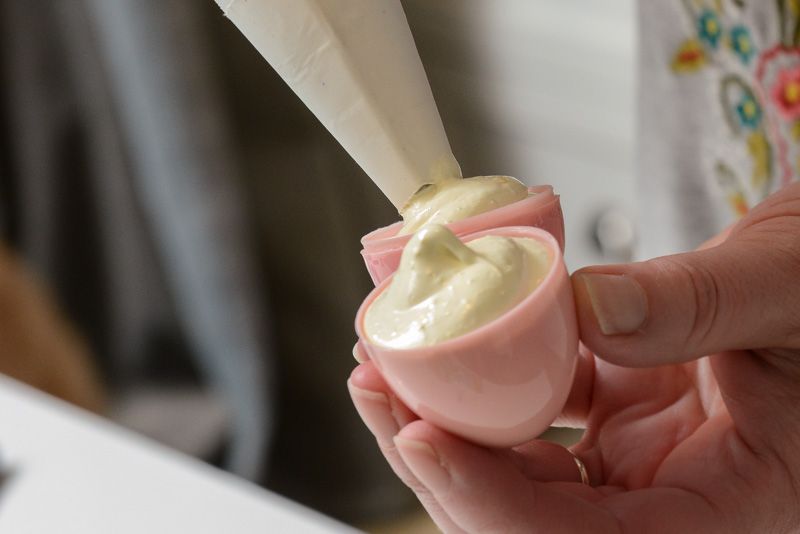
- Securely close the two halves. They must be closed well in order to form a perfectly shaped egg. The marshmallow will ooze out of the air holes and the seams. This proves the entire egg mold is filled to capacity.
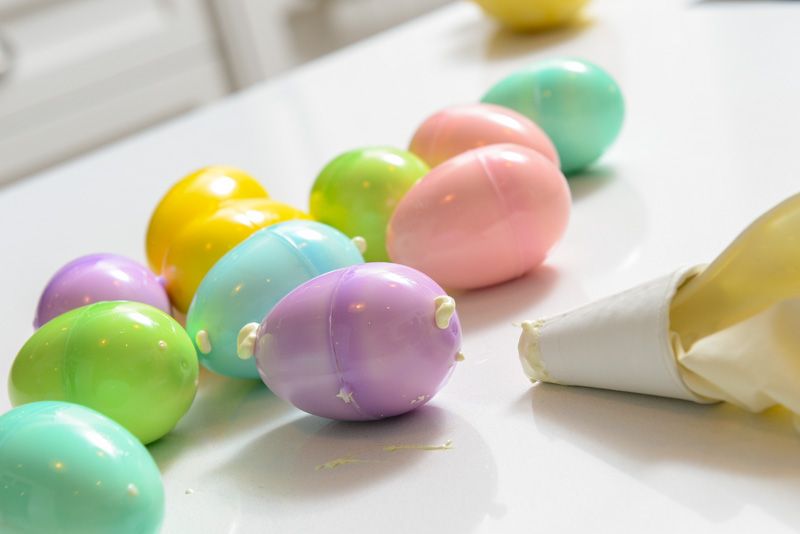
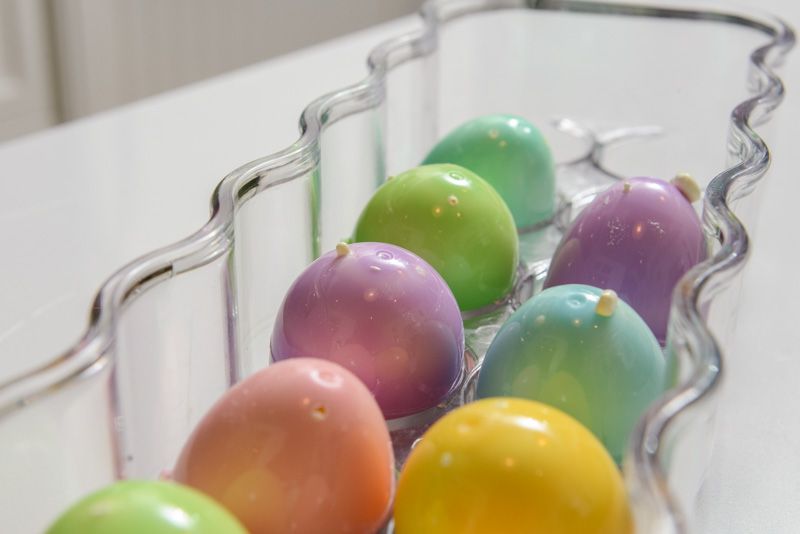
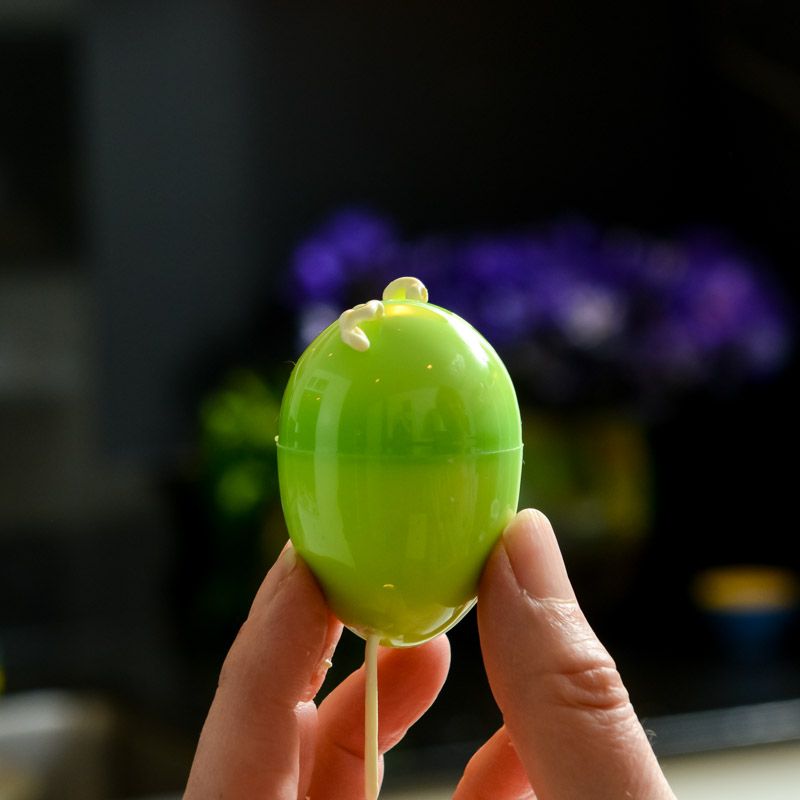
- Fill as many plastic eggs as you have marshmallow batter.
- Wipe off the excess marshmallow with a damp paper towel.
- Stand the filled eggs in the egg carton and let them sit at room temperature overnight.
COLOURING THE SUGAR
- Divide the coarse white decorating sugar into three small bowls (or as many colours as you like).
- Add ¼ tsp of citric acid to the white sugar and mix. The citric acid will mimic the sourness of lemon juice and will brighten up the marshmallow. Kids sometimes prefer marshmallows without the sourness.
- Insert a clean toothpick into the coloured gel and dab it into the coarse white decorator sugar. Be careful not to add to much, especially if you want the colors to be pastel.
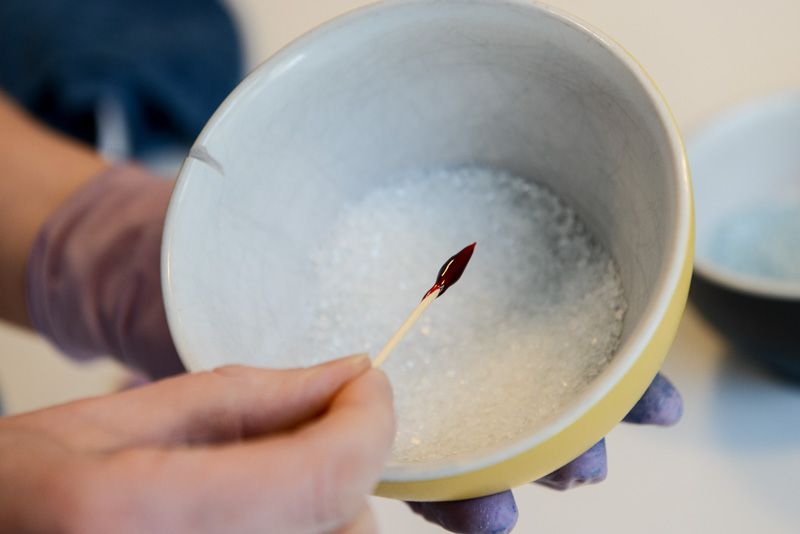
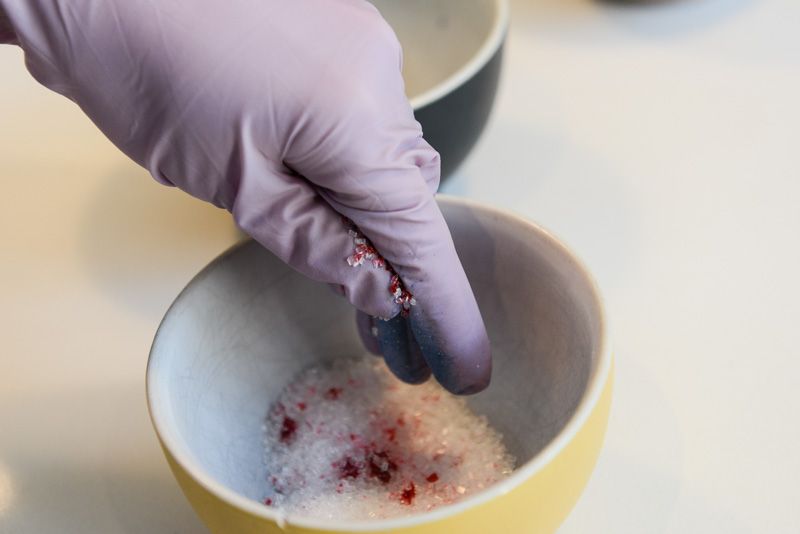
- Wearing a protective glove, toss the food colouring through the sugar. Work it as evenly as possible.
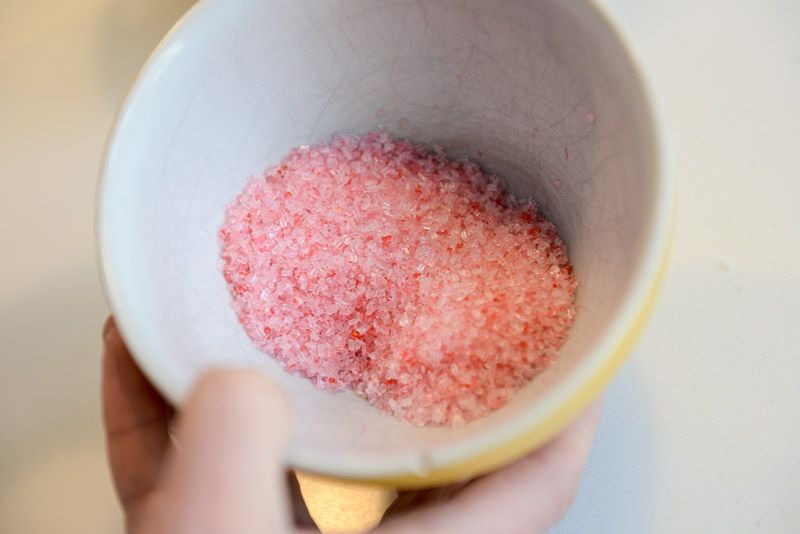
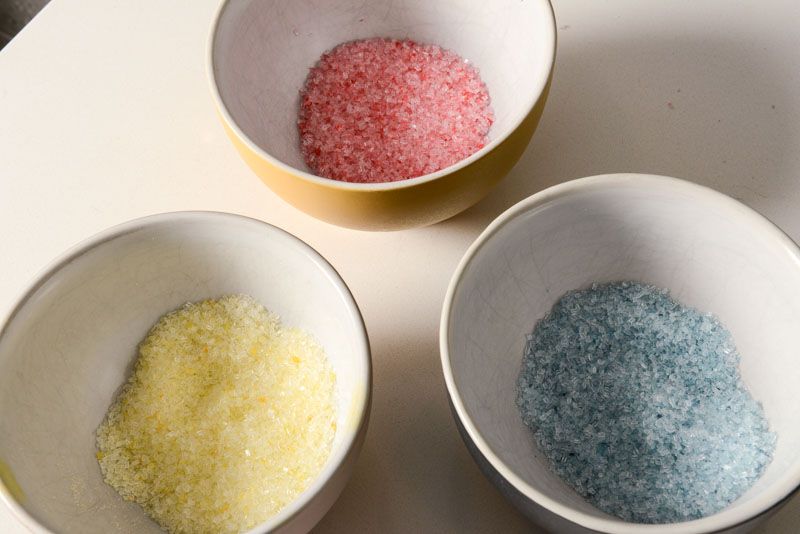
FINISHING THE LEMON MARSHMALLOW EGGS
- Remove the eggs from their molds.
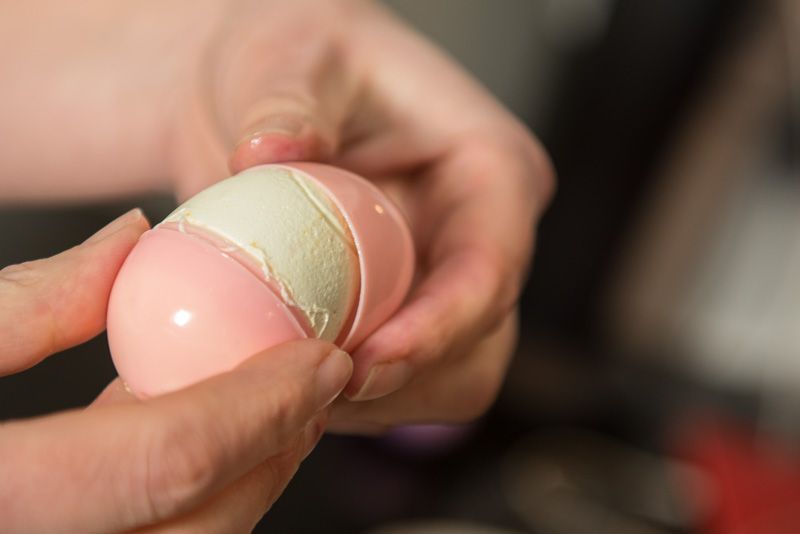
- Roll the eggs in the sugar and let them stand at room temperature.
- They are best when served within a few hours. For longer storage, place them in a large covered container for up to 2 weeks. To refresh the crunch of the coarse sugar, save your coloured sugar and re-roll the marshmallow eggs. It’ll help.
POURING THE MARSHMALLOW BATTER INTO THE PREPARED PAN
- Mix the powdered sugar and cornstarch together.
- Line the baking pan with plastic wrap and sprinkle the plastic wrap generously with the powdered sugar mixture; set the remainder aside.
- Prepare the marshmallow batter (recipe above) then spread it into the pan.
- Coat a spatula with nonstick spray, and spread the marshmallow evenly in the prepared pan.
- Spray one side of the acetate with nonstick spray and lay it on top of the marshmallow batter, sprayed side down, and gently press it against the marshmallow to make the top perfectly smooth.
- Let sit at room temperature overnight.
UNMOLDING AND CUTTING THE MARSHMALLOWS
- Set a piece of parchment paper larger than the marshmallow on a large cutting board.
- Remove the sheet of acetate.
- Coat the top of the marshmallow with some of the reserved powdered sugar mixture. Flip the marshmallow onto the parchment paper, remove the plastic wrap, and sprinkle with more of the powdered sugar mixture as necessary.
- It can be difficult to cut marshmallows evenly. Spray a large chef’s knife with nonstick spray and trim the sides of the marshmallow square, then cut into 1-inch cubes (or other shapes), using a ruler as a guide.
- Clean and respray the knife before each cut. ; If the marshmallows are sticky when you separate them, dust them lightly with additional powdered sugar mixture.
STORING THE MARSHMALLOWS
- The marshmallows can be stored in a covered container at room temperature for up to 3 days.
NOTE ON PLASTIC EASTER EGGS
Plastic Easter eggs come in all sizes. Flimsy plastic eggs flex a lot. If you buy large plastic eggs, this recipe will fill 12 eggs. If your eggs are smaller, you’ll need 24-28 two-piece eggs. TIMING NOTE: It’s best to let the marshmallows sit overnight at room temperature. Resist the urge to refrigerate them. Refrigerating them won’t help to set them faster, and will change the tender quality of marshmallows. NOTE: You’ll notice that the marshmallow sets very quickly. This is good. You’ve made them properly. If after 30 minutes or so the meringue that has oozed out of the egg is still soft and gooey, they probably won’t set firmly. NOTE: It is important not to overheat the gelatin and evaporate the moisture. You’ll want the melted gelatin to be very liquid when you add it to the meringue.
- Labels
- Citrus,
- Easter,
- Gluten Free,
- Kids,
- No Bake
